Explainer: What was China's one-child policy?
- Published

All Chinese couples will be allowed to have two children
China has decided to end its longstanding one-child policy and allow all couples to have two children.
What was it?
A decades-old government policy in China that limited many families to only one child, though exceptions were made. The one-child policy is estimated by the Chinese government to have prevented about 400m births since it began but this number is contested.
By 2007, China claimed that only 36% of its citizens were limited to one child, external due to various changes to the policy over time.
Why was it introduced?
As China's population approached one billion in the late 1970s, the government became concerned about what effect this would have on its ambitious plans for economic growth.
Although other family planning programs had already been implemented, helping to reduce the birth rate, Chinese leader Deng Xiaoping decided stronger action was needed. The policy was introduced in 1979.
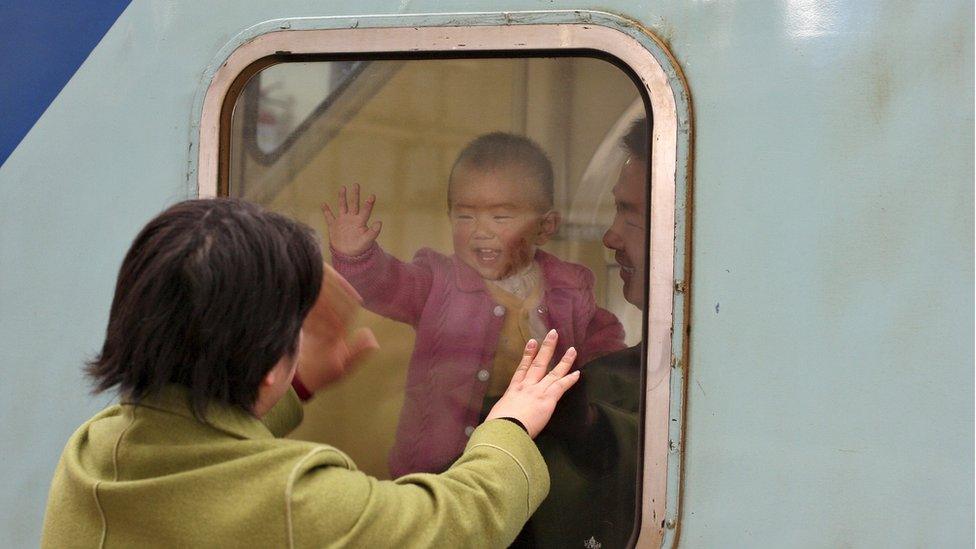
One-child families have become the social norm in China
How was it enforced?
The government generally enforced it by providing financial and employment incentives to those who complied, making contraceptives widely available and fining those who violated the rules.
More coercive measures such as forced abortions and mass sterilisations were also used at times.
The policy was more strictly implemented in urban areas.
Why was it so controversial?
Campaigners in China and in the West argued the policy was a gross violation of human rights and reproductive freedoms.
Rich families who could afford to pay fines were also able to get around the restrictions.
The traditional preference for male children together with the one-child policy led to large numbers of girls being abandoned, placed in orphanages, sex-selective abortions or even cases of female infanticide.
China's gender balance is skewed towards males as a result of this.
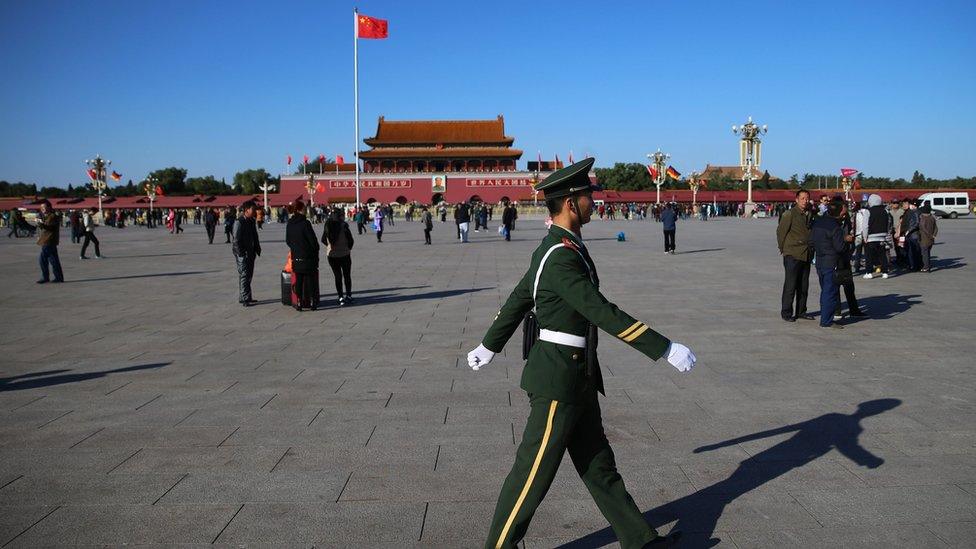
The announcement came on the final day of a summit of the Chinese Communist Party's policy-making Central Committee.
Why is it now being abandoned?
Experts warn that China will be the first economy to grow old before it gets rich largely due to the one-child policy. By 2050, more than a quarter of the population will be over 65.
The country's fertility rate is one of the lowest in the world and well below the rate of 2.1 children per woman required to replace the population across generations.
China's ageing population will slow down the economy as the pool of young workers decreases and the ratio between taxpayers and pensioners continues to drop.
How had the rules previously been relaxed?
In 2013, the rules were changed to allow couples to have a second child if one parent is an only child but fewer couples than the government had expected began doing so.
A previous relaxation of the rules in the 1980s allowed rural families to have another child if their first child was a girl. Ethnic minorities in China were not subject to the one-child policy.
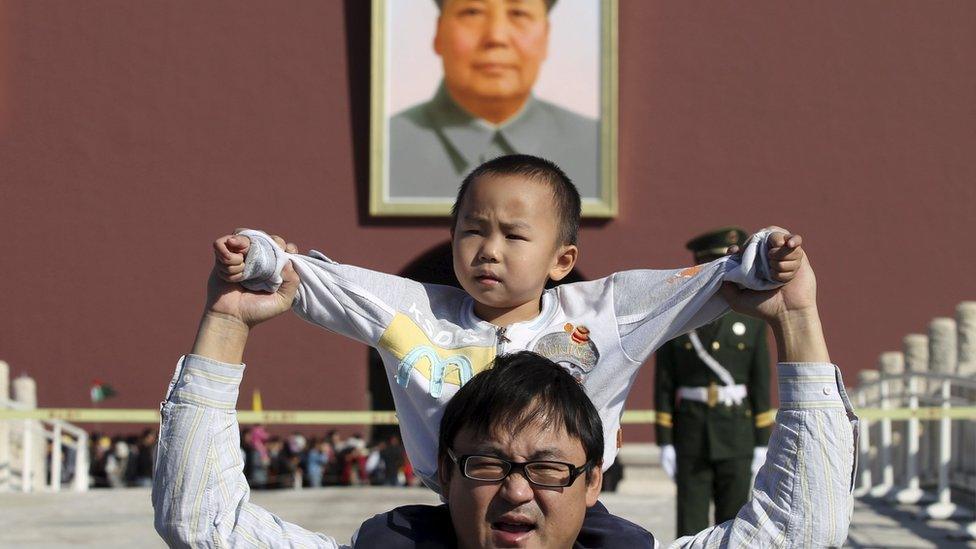
Previous changes to the rules have not resulted in as many births as expected
What has really changed?
Rights activists and campaigners point out that the one-child policy has simply become a two-child policy, with China still controlling women's reproductive rights.
Amnesty International said women will remain at risk of coerced or forced abortions, external, and "intrusive forms of contraception" to implement the new policy.
When will the changes take effect?
According to the Xinhua news agency, the policy change will have to be approved by the top legislature before coming into effect. It is unknown when this will happen but the approval is regarded as a formality.
- Published29 October 2015
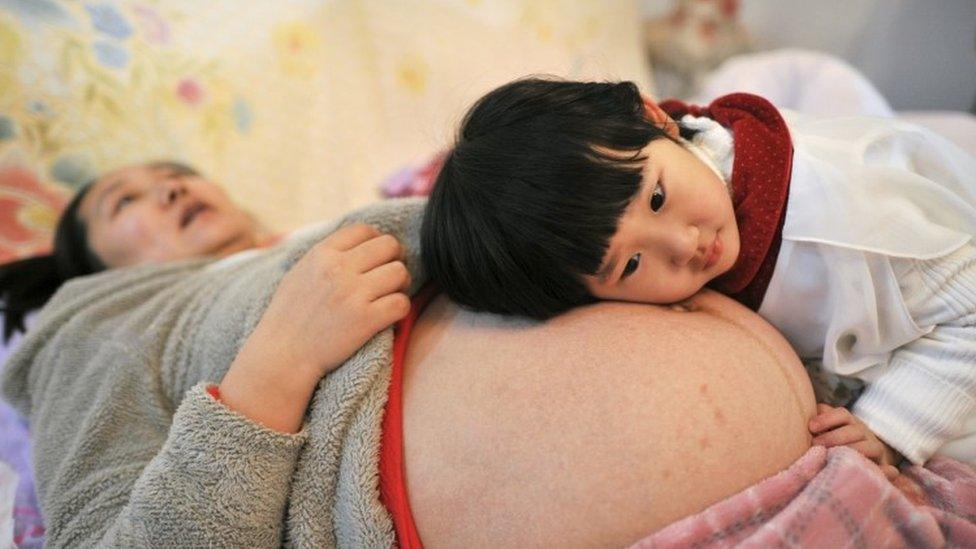
- Published17 January 2014
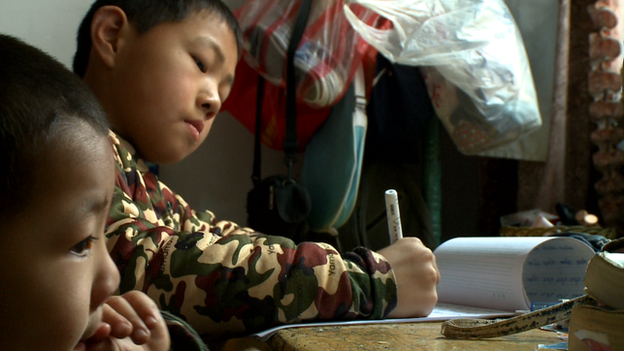
- Published30 October 2015

- Published29 October 2015
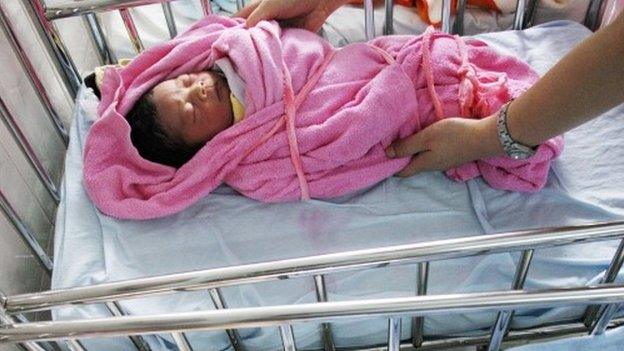
- Published28 December 2013
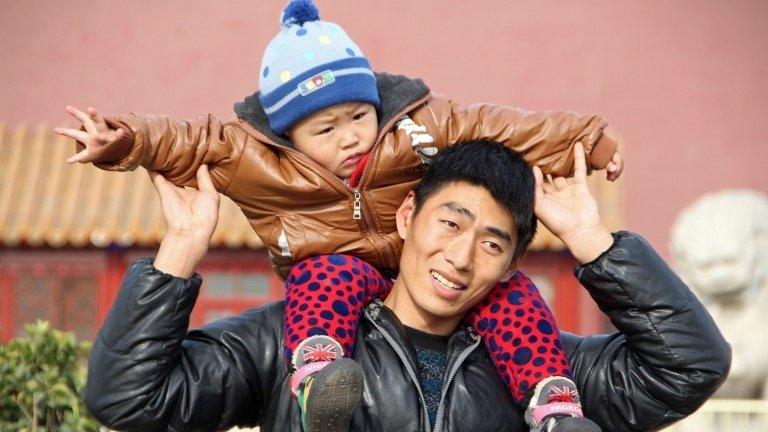
- Published29 October 2015
